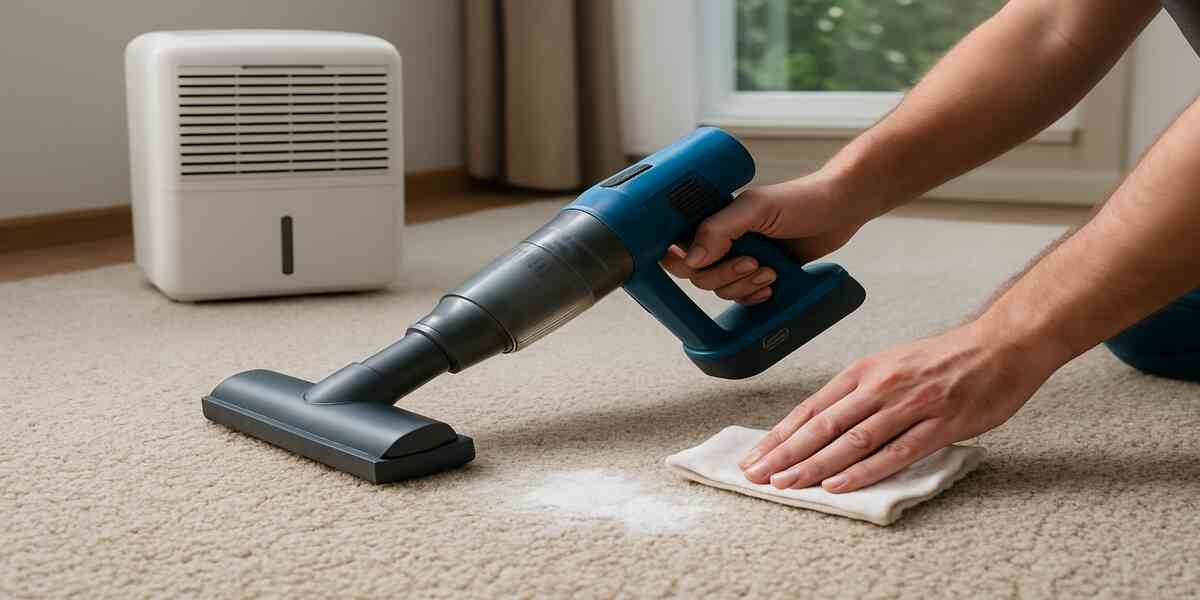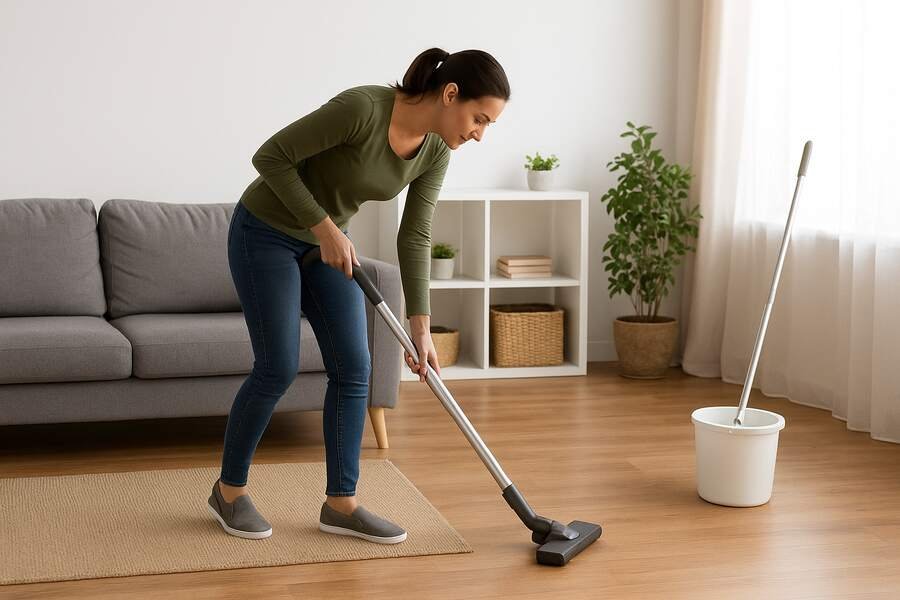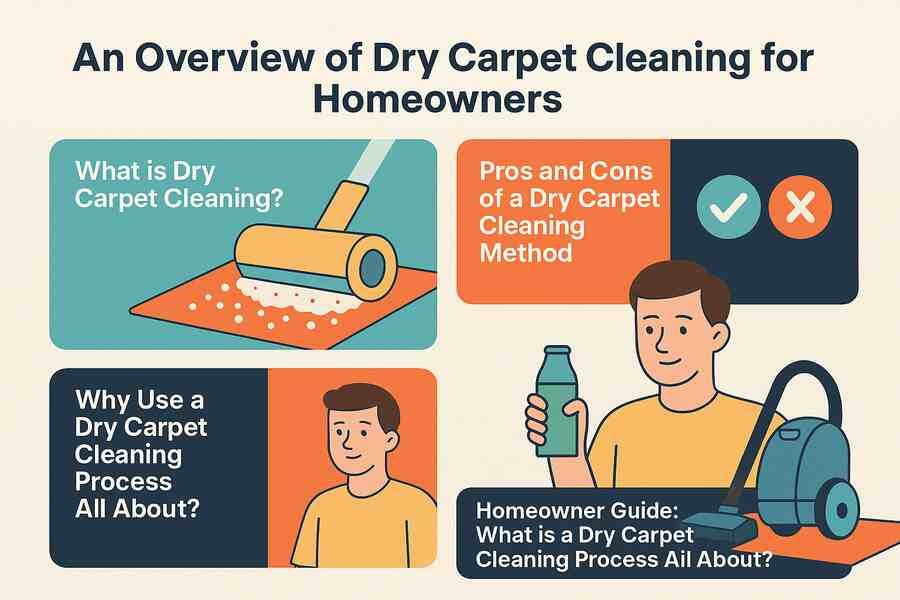Practical Methods for Preventing Mould on Carpets

Practical Methods for Preventing Mould on Carpets
Have you ever put your feet on your carpet and smelled a moist odour that made you think- could it be a mould? Have you ever walked in the morning and assumed that the carpets were clean, yet they appeared to be okay? Think again! Sponges are also carpets and they quite absorb moisture, dirt and bacteria and create a conducive environment that supports the growth of mould, especially in the wet or badly ventilated areas.
What’s the good news? You need not remove them or pay tons of money. A couple of common-sense good habits will help prevent mould before it ever has a chance to take hold. In this blog, we shall show you simple and effective ways to keep your carpets dry and ensure fresh air in your home. Are you wanting to battle the lack of mould?
Tips to Keep Mould Away From Carpets?
Proper care and maintenance of your carpets keeps nasty mould and mildew out of your carpets. One of the elements is to ensure that it is kept clean and dry, particularly when you do it yourself. If you are ending your tenancy, you can also book experts who can perform a thorough Bond Cleaning Robina. When you worry about your carpets, check out the following guidelines to avoid mould infestation using easy but effective pointers:
What are the Causative Factors of Mould Growth on Carpet?
Mould growth in carpets is more of spillage, poor ventilation and forced humidity. Leaks, wet shoes or spills can percolate rope and building padding, carpet fibres, forming a wet environment where mould grows. Carpets do not dry properly due to poor air circulation, particularly in basements or confined rooms. Mould development may also be caused by humid climates or excessive use of water during carpet cleaning, followed by insufficient drying. When mould has access to an environment with dirt and organic debris lodged within the carpet, this also acts as food. Moisture control and regular cleaning are vital in ensuring that mould does not find its roots in your carpets.
This may be as a result of several causes, which include:
- The level of humidity is high.
- Water damage
- Poor ventilation
- Condensation, and
- The absence of Cleaning
What are the Mouldy Carpet Dangers?
These microorganisms not only consume your sensitive floor coverings, but they can also pose numerous health risks, among which are as follows: Allergic reactions: they can cause your allergy, e.g. runny nose, red eyes, itching and sneezing.
Skin Infection: Skin rashes and other severe skin infections may occur as a result of direct exposure.
Respiratory Problems: After the absorption of mould spores into the body, this may cause different types of respiratory problems, particularly to those with asthma and other autoimmune diseases.
Toxicity: Certain mould species contain mycotoxins, which may prove toxic to you and also to your pets once consumed. In case you experience any of these symptoms or diseases, it is good to visit the doctor in order to be better treated.
Advice on How to Avoid Mould Infestation on Your Carpet
Mould should not be allowed to develop on soft floor coverings. These are some of the main hints that will not make your life difficult:
Reduce the level of Humidity Inside:
Try to reduce the level of humidity inside as far as possible; this will help in avoiding the growth of mould, and the carpets will remain fresh and dry throughout the year. You may fit the dehumidifiers so as to regulate moisture within the indoor air. This will keep away black spores. Experts say that humidity of 30 to 60 per cent is suitable in homes and offices. It is also possible to thoroughly inspect your carpets to avoid the occurrence of mould. Open the windows and doors also when there is a need to do so. This will enable the fresh air to enter your house and cool it down, and also, this will dehumidify it.
Take Action on the Spills:
Believe it or not! A mould can cultivate on wet carpets within 48 hours. Therefore, where you notice food spillages and splatter, you ought to address them ASAP. The surface can be blotted with a cloth immersed in vinegar and a warm, soapy water solution. The same cleaning solution is also used by professional bond cleaners to treat the carpet with mild stains and grime. Absorb it till the spill is transferred to the cloth. Abundantly sprinkle baking soda, and leave it there until an hour or that period when you vacuum it. Other types of cleaning tips on stains and spillages are also worth trying out. Note: Make sure your carpet is dry before it begins to be infested with mould.
Regular vacuuming is important.
The last time you vacuumed your carpets? Dust, allergens, pet hair, pollen and food debris can be stuck way inside the fibres hence cultivating a good place where mould thrives. The use of a vacuum cleaner with HEPA (high efficiency particulate air) filter is important since up to 99 per cent of the bacteria, germs, and moulds can be removed. It is best to ensure that you get to vacuum your carpets at least two or three times every week in order to ensure that the carpets are clean and to ensure good quality air.
Install Carpet Padding
You should also think of placing a high-quality antibacterial pad on your carpet, particularly in case you have a humid climate. It will likely be expensive, but it will prolong the life of your carpet as well as prevent the growth of mould. Repair any water damage before the installation so as to avert future hitches.
Professionals should be hired to Steam Clean.
In case you see some black mould marks, use a steam cleaner. Biodegradable measures such as the use of vinegar and tea tree oil can also be applied, although, despite such measures, professional solutions and services, such as Bond Cleaning in Toowoomba, are the same guarantee of comprehensive and safe removal of mould.
Wrapping Up
These are some of the best plans or tricks that would assist you in deterring the growth of mould on your carpets and other surface coverings. Ensure you set up a dehumidifier and wipe off any stains and spills as they occur, and have your carpets vacuumed every two days to ensure your indoor environment is clean and hygienic.




